Recycling and Upcycling in Home Decor: Style with a Conscience
Chosen theme: Recycling and Upcycling in Home Decor. Welcome to a home where every piece tells a story, every scuff has character, and beauty grows from what others leave behind. Subscribe, share your ideas, and help us turn yesterday’s cast-offs into tomorrow’s conversation starters.
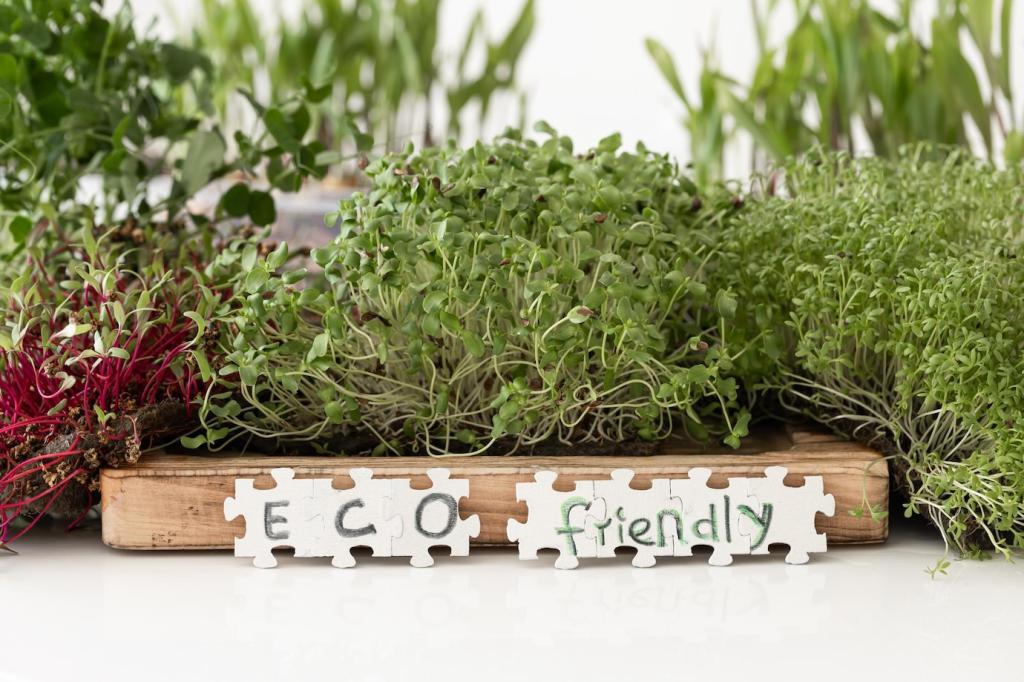
Why Upcycling Belongs in Every Home
Every item you rescue keeps materials out of landfills and adds depth to your decor. A weathered chair becomes a storytelling centerpiece; a cracked frame becomes a poetic mirror. The magic lies in seeing potential where others see clutter, and then bringing that potential to life.
According to the U.S. EPA, millions of tons of furniture are discarded each year, with only a small fraction recycled. By upcycling, you reduce demand for new manufacturing, limit transport emissions, and actively participate in a circular economy that values durability, repair, and creative reinvention.
Upcycling stretches your budget without sacrificing personality. Thrift finds and curbside rescues become unique pieces at a fraction of retail cost. Share a before-and-after in the comments, and inspire someone else to turn a dusty relic into a cherished, practical treasure with character.
Essential Materials to Rescue and Reimagine
Wood with a Past
Solid hardwood doors, vintage dressers, and pallets marked HT (heat treated) are prime candidates. Check for pests, rot, and warping before you commit. Older wood often sands to a stunning grain, telling a story through knots and nail holes that modern fast furniture rarely matches.


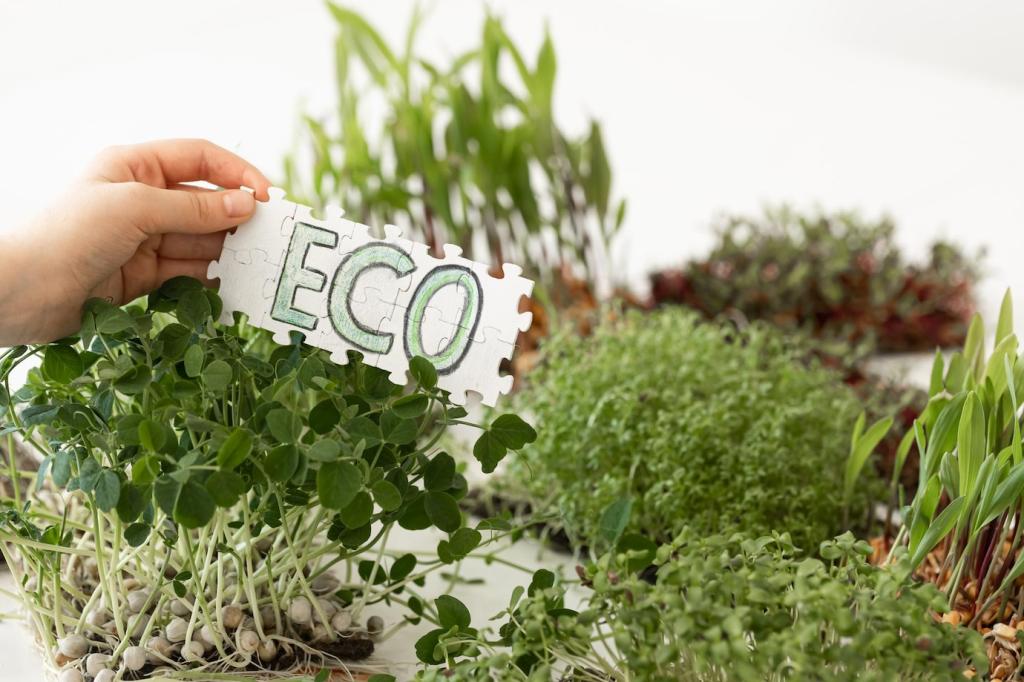
Techniques That Transform Without Waste
Start with a gentle clean, then sand only as needed to keep character marks. Use citrus-based strippers sparingly and capture dust with a vacuum sander. Repair with wood filler or dowels, not just globs of glue, so your finish sits smooth and the piece remains structurally sound.
Techniques That Transform Without Waste
Choose low-VOC paints, milk paint for soft age, or linseed and tung oils for a hand-rubbed sheen. Limewash can soften harsh lines, while wax finishes glow warmly. These choices keep indoor air healthier while letting the original wood grain and subtle imperfections shine through beautifully.
Living Room Layers
Turn stacked crates into modular shelving, or convert an old trunk into a coffee table with hidden storage. Frame vintage maps for gallery walls, and transform ladder rungs into blanket bars. Invite conversation by mixing patinaed metals with soft textiles that tell stories through faded colors.
Kitchen and Dining Charm
Salvaged boards become open shelves; mismatched chairs unite under a cohesive color wash. Repurpose jars as spice canisters with hand-lettered labels. An old door can serve as a farmhouse tabletop, sealed for spills. The result feels welcoming, practical, and wonderfully imperfect every single day.
Bedroom and Entryway Ease
Create a headboard from flooring offcuts arranged in a herringbone pattern. Use vintage suitcases as nightstands with charging drawers. In the entry, mount hooks on reclaimed wood and add a painted mirror above a crate bench, turning daily routines into small moments of crafted calm.
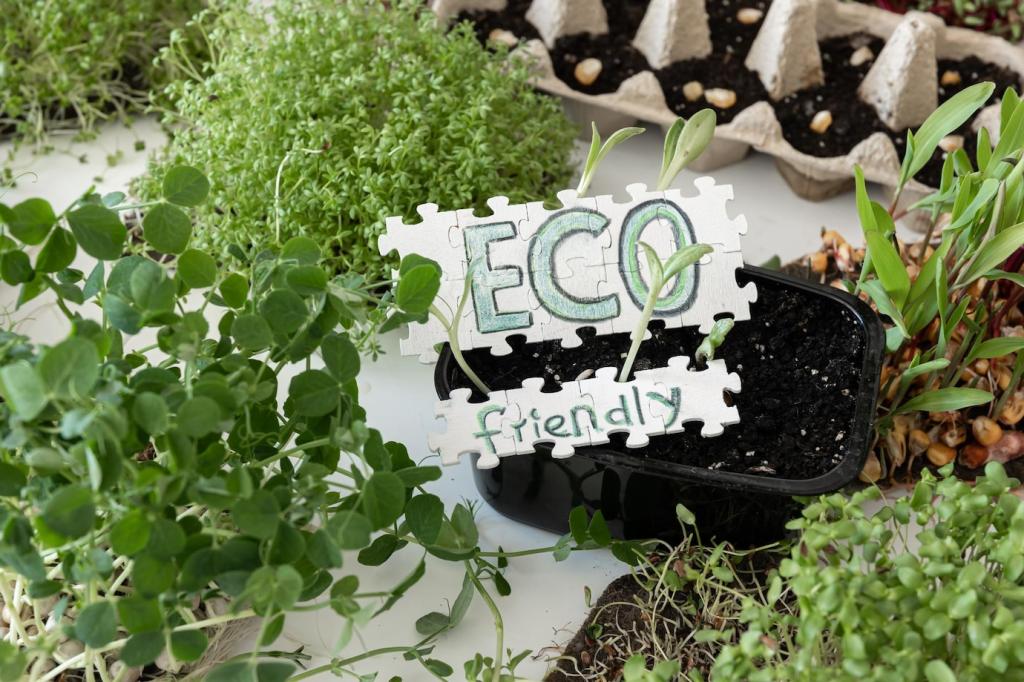

Beginner Projects You Can Finish This Weekend
Mount jars on a sanded board with sturdy clamps, add LED fairy lights, and hang beside a reading chair. The glow is gentle, the cost minimal, and the satisfaction immediate. Share your favorite jar tint or label trick so others can personalize the same calming effect at home.

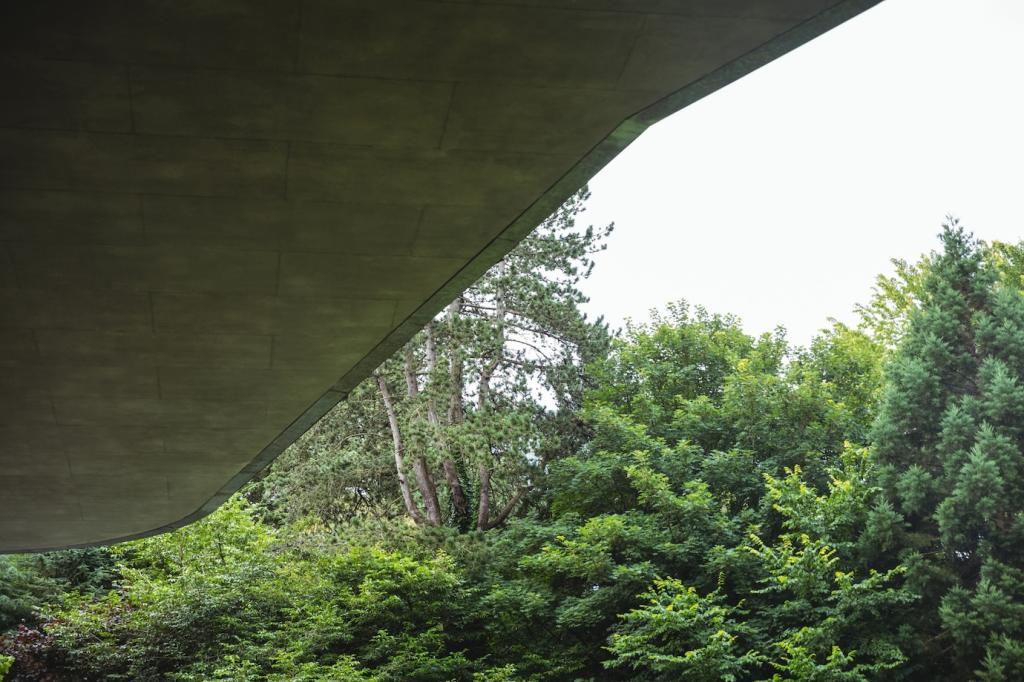
Advanced Statement Builds That Start Conversations
Flatten a solid wood door, fill keyholes, and add hairpin legs. Inset a tempered glass panel over a preserved doorknob plate for charm. Cable-manage beneath with reclaimed conduit. The finished desk marries history and utility, making work feel grounded, tactile, and beautifully intentional.
Advanced Statement Builds That Start Conversations
Combine black iron pipe with reclaimed planks, measuring carefully for wall anchoring. The silhouette feels airy yet strong, and adjustable shelves accommodate odd-sized art books. Finish wood with a warm oil, and let the metal patina naturally, creating an evolving piece that grows with your collection.
Care, Safety, and Longevity
Test old paint for lead, wear a respirator when sanding, and ventilate while finishing. Stabilize wobbly legs, secure tall pieces to studs, and mind electrical standards with lighting. These habits preserve both your health and the integrity of the projects you work so hard to create.
Care, Safety, and Longevity
Dust with microfiber, refresh oil finishes seasonally, and spot-treat stains promptly. Touch up paint with tiny artist brushes to keep patina purposeful, not neglected. Treat repairs as care, not failure, and take pride in a home that evolves thoughtfully rather than endlessly consuming replacements.
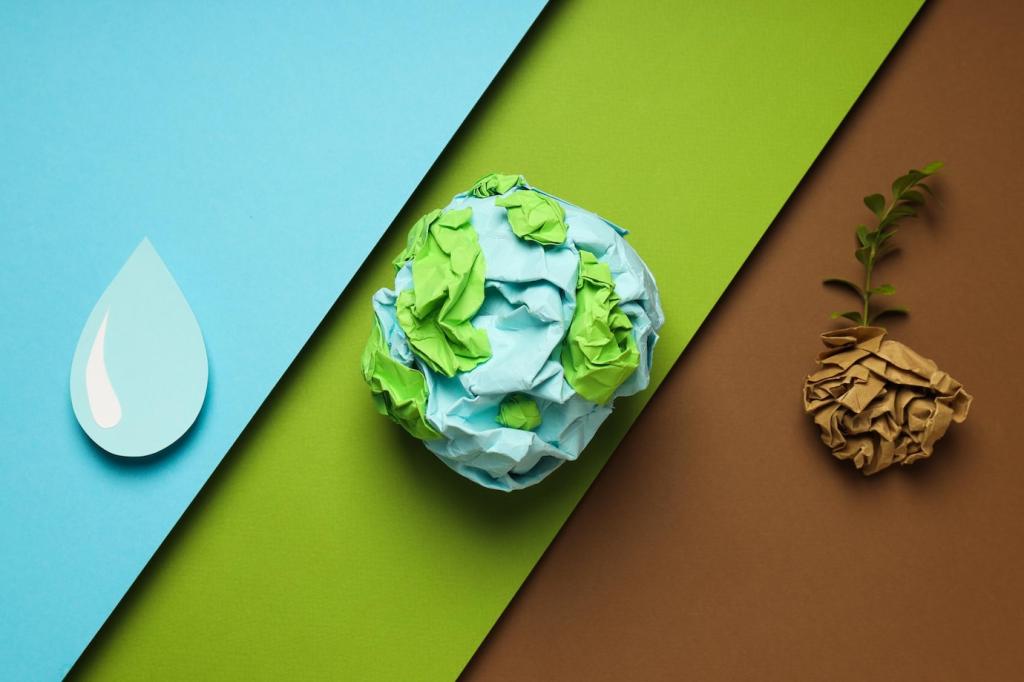

Your Turn: Share, Subscribe, and Inspire
What is the most surprising item you have saved and transformed? Describe the before, the challenges, and the proud reveal. Your story might help a reader spot hidden potential on their next walk, and give them the courage to start a project this weekend.
Your Turn: Share, Subscribe, and Inspire
Share pictures of your upcycled decor along with measurements, materials, and any lessons learned. Honest notes about mistakes are gold for beginners. Tag your post so others can follow, and let us feature standouts in upcoming community roundups that celebrate resourceful design.
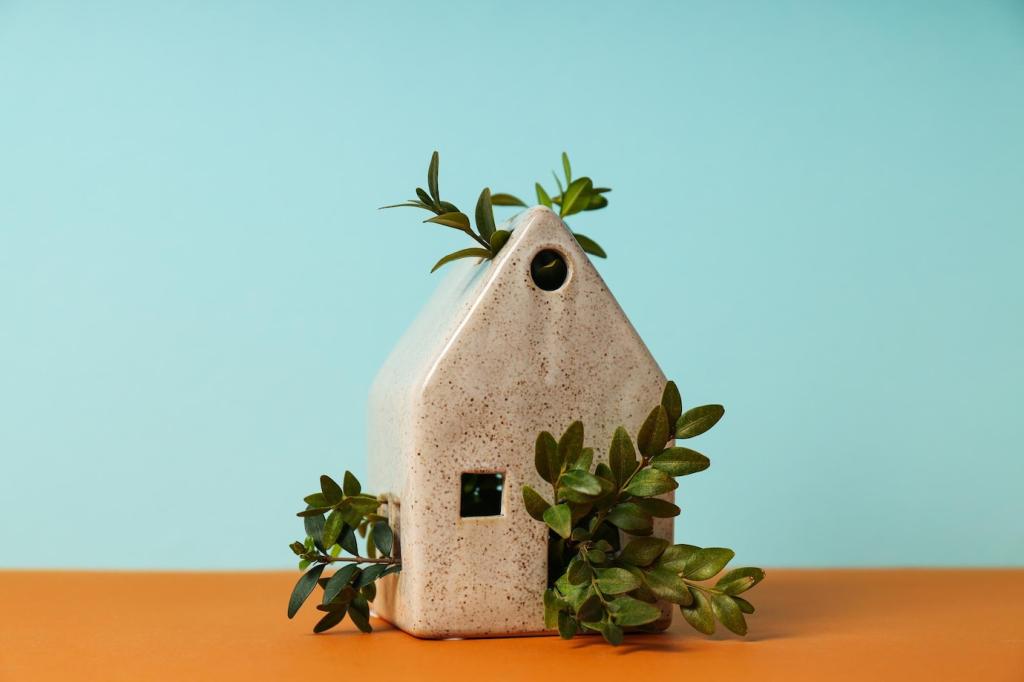

Join our mailing list
